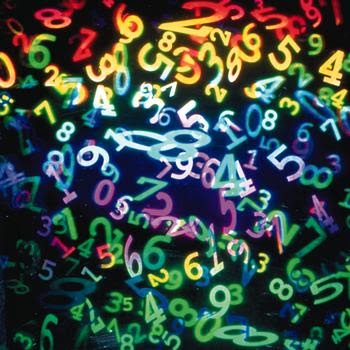Letoa counts in base 12. Base 12 is the dominant base on Toa. Some cultures use base 6 and others use base 12 with a sub-base of six but the global auxiliary language has gone with the majority.
Numbers up to a dozen
Here are the numbers in Letoa from 1 to 12. Following Earthly notation conventions, A and B are used here to provide one-place characters for ten and eleven. Our twelve is then written as 10. It may also be called a dozen.
| Base 12 | Letoa | Base 10 |
| 1 | Sa | One |
| 2 | Seu | Two |
| 3 | Enu | Three |
| 4 | Bata | Four |
| 5 | Õã | Five |
| 6 | Ẽĩ | Six |
| 7 | Kai | Seven |
| 8 | Dane | Eight |
| 9 | Lo | Nine |
| A | Iku | Ten |
| B | Chasha | Eleven |
| 10 | Go | Dozen |
The next eleven numbers
The next eleven numbers in Letoa take the numbers above and combine them with the word go.
| Base 12 | Letoa | Base 10 |
| 11 | Gosa | Thirteen |
| 12 | Goseu | Fourteen |
| 13 | Goenu | Fifteen |
| 14 | Gobata | Sixteen |
| 15 | Gõã | Seventeen |
| 16 | Gõẽĩ | Eighteen |
| 17 | Gokai | Nineteen |
| 18 | Godane | Twenty |
| 19 | Golo | Twenty-one |
| 1A | Goiku | Twenty-two |
| 1B | Gochasha | Twenty-three |
Counting the dozens
When counting the dozens, the go is placed at the end and the multiplier is prefixed to it. These compounds are all regular.
| Base 12 | Letoa | Base 10 |
| 20 | Seugo | Twenty-four |
| 30 | Enugo | Thirty-six |
| 40 | Batago | Forty-eight |
| 50 | Õãgo | Sixty |
| 60 | Ẽĩgo | Seventy-two |
| 70 | Kaigo | Eighty-four |
| 80 | Danego | Ninety-six |
| 90 | Logo | One hundred and eight |
| A0 | Ikugo | One hundred and twenty |
| B0 | Chashago | One hundred and thirty-two |
Intermediate numbers place the dozen first, then the remainder.
Seugo iku – 2A (two dozen plus ten, i.e. 34 in base 10)
Ẽĩgõã – 65 (six dozen plus five, i.e. 77 in base 10)
Counting the grosses
A dozen dozens form a gross and the word for gross is kou. It may be written as 100 in base 12. This is equivalent to one hundred and forty-four in base 10. Unlike the English word hundred, kou may be compounded. Once again, compounding is entirely regular.
Hokou – 300 (three gross, i.e. 432 in base 10)
Batakou danego sa – 481 (four gross, eight dozen and one, i.e. 673 in base 10)
Kaikou seugo iku – 72A (seven gross, two dozen and ten, i.e. 1,042 in base 10)
Note that one gross is always written as kou alone. It is never written as *Sakou or *Sa kou.
Kou õãgo – 150 (one gross and five dozen, i.e. 204 in base 10)
The most important number?
Finally and perhaps most importantly we should note that Letoa has a word for zero. That word is chumã and it is important as the presence of zero enables positional notation to be used when writing numbers.
